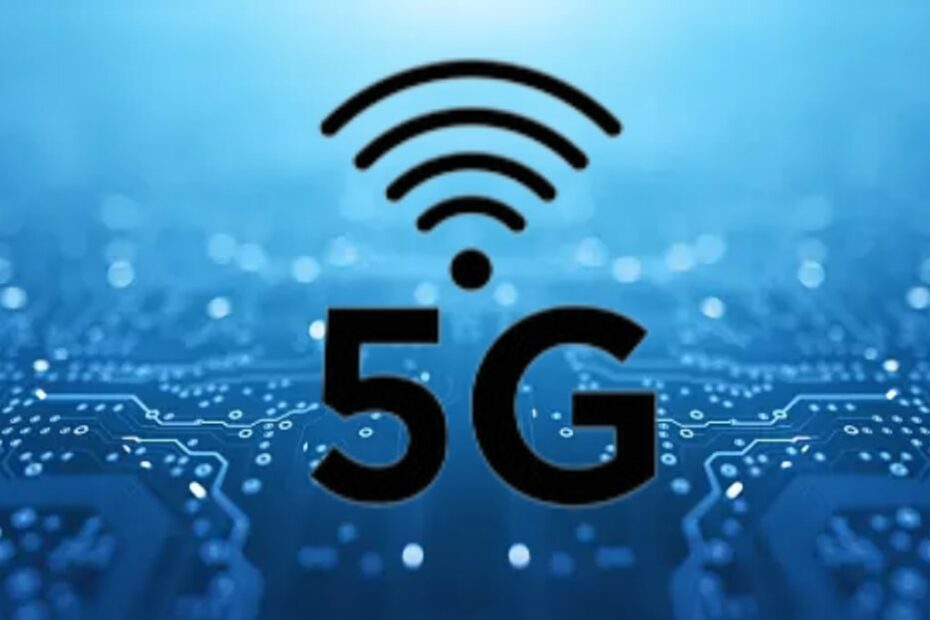Is 5G Hype or Reality? Separating Fact from Fiction
Introduction
Change is the law of nature, old one has to go and new one has to form. This same law of nature is even implemented on the wireless tech world. Few years back 4G network was ruling the world and now 5G network has entered in the market and spreaded it’s dominance very rapidly. As a result 4G network is debunking and 5G network is thriving.
5G Private companies are attracting the customers from all over the world to switch flow tortoise speed 4G network to cheetah like fast 5G network. To attract the customers these companies are giving unlimited internet services and different facilities too. So let’s know everything about the 5G network ?
5G technology
5G technology is the future of humanity, holding the potential to revolutionize the globe with its high-speed internet connection. Following the progression from 1G, 2G, 3G, and 4G, 5G is the latest network technology. It offers high-speed internet, fast downloading, and increased capacity to connect to more devices.
5G future
The future of the 5G network is as bright as the sun, which is going to illuminate the whole world with its fast, bullet-speed internet connection. In the upcoming time, mobile users will leave out the 4G network and opt for the 5G network for a better user experience. Billions of users will be part of the 5G network, which will increase employment rates around the world as well.
The 5G network will play a significant role in metaverse technology, which encompasses virtual reality or web 3.0. Remote monitoring, industrial automation, high-speed data transfer, and the future of 5G will be even more exciting with innovations in the future.
5G myths and facts
Myth | Fact |
Health Risks | No scientific evidence of harm |
Short Battery Life | Improvements for efficiency underway |
Security Concerns | Constantly updated security protocols |
Replacement for Wifi | Complements Wifi, not a replacement |
Only for Phones | Powers the Internet of Things (IoT) |
Just Faster 4G | Significant improvements in latency and capacity |
mmWave and sub-6 GHz
mmWave: This lane is super fast, like a Formula 1 race track. You can zoom ahead with tons of data at once, but the signal doesn’t travel far and struggles with walls or bad weather. It’s ideal for crowded areas like city centers.
Sub-6GHz: This lane is like a well-maintained highway. It offers good speeds for most needs and travels farther, reaching more places. The downside is it’s not quite as fast as the mmWave lane.
5G network architecture
The 5G network architecture works with three main complex systems. The first is the core, which is like the brain, handling all things like security, user authentication, data traffic, and signals. The second is the access network (RAN), which connects the phone with the network. It consists of all mobile towers and other connecting equipment. It receives and transfers data. And the third part of the 5G network architecture is our device, which can be a mobile phone, laptop, or any other tech device that connects with a 5G connection.
5G security
Aspect | Description |
Foundation | Builds on existing 4G security with enhancements |
Protection | Aims for end-to-end data security |
Methods | Uses authentication, encryption, and network slicing |
Benefits | Provides secure access, data protection, and specialized security options |
Challenges | Integrating with older systems and supply chain risks |
5G Pros and Cons
Pros | Cons |
Ultra-Fast Speeds: Download movies in seconds, experience seamless streaming, and enjoy faster uploads. | Limited Coverage: mmWave offers incredible speed but has shorter range and struggles with obstacles. Sub-6GHz offers broader coverage but with slower speeds. |
Low Latency: Experience near real-time responsiveness in applications like gaming, remote surgery, and autonomous vehicles. | Deployment Costs: Building a robust 5G network requires more infrastructure compared to 4G, potentially leading to higher costs for providers. |
Massive Device Capacity: Connect a vast number of devices simultaneously, paving the way for advancements in the Internet of Things (IoT). | Security Concerns: As with any new technology, ongoing vigilance is needed to address potential security vulnerabilities. |
Unlocks New Applications: Enables innovative services like cloud gaming, enhanced AR/VR experiences, and improved remote healthcare capabilities. | Battery Drain: Initial power consumption for 5G connections might be higher, but advancements are being made to improve efficiency. |
5G gaming
No more lag: Lightning-fast response times for smooth, instant gameplay.
Download rockets: Games download in a flash, no more waiting to start playing.
Cloud gaming anywhere: Play high-end games on your phone, processing happens elsewhere.
Supercharged AR/VR: Imagine crazy realistic mobile VR experiences.
Mobile esports on fire: Mobile gamers might even compete with PC and console pros!
5G speed
The 5G internet service offers speeds of up to 20 Gigabits per second, which is 20 times faster than 4G internet services. 5G speed boosts downloading speeds of movies from minutes to seconds, and it loads heavy applications and games without lagging or buffering.
5G benefits
Blazing fast speeds
Ultra low latency
Massive capacity
Improved reliability
Enhanced mobile broadband
Transformative healthcare
Smart cities
Conclusion
The 5G network is in its early stages, but it has the capability to revolutionize the way people around the world communicate and adapt. In the future, we can expect to see more innovations and developments in 5G in the upcoming time, for sure.
Jio vs Starlink vs OneWeb: The Battle for India’s Satellite Internet Market
